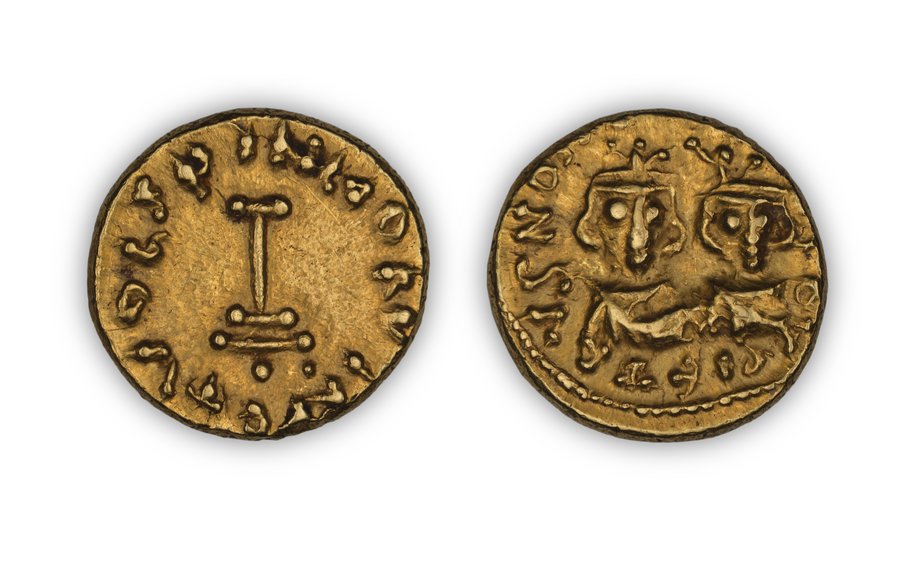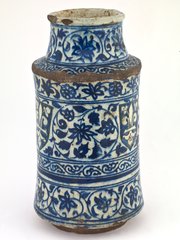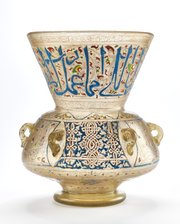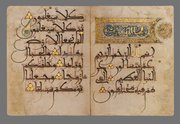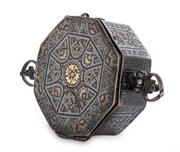
North African Umayyad Semissis
Museum of Islamic Art
- Title:
- North African Umayyad Semissis
- Production place:
- North Africa
- Date:
- 698 - 715
- Period:
- Umayyad
- Title:
- North African Umayyad Semissis
- Production place:
- North Africa
- Date:
- 698 - 715
- Period:
- Umayyad
- Material:
- Gold
- Technique:
- Minting
- Diameter:
- 1.05 cm
Circulating and used on a daily basis, coins are the earliest testimonies of the foundation of Islamic states and the development of trade. Muslim rulers first used Byzantine and Sassanian coins before minting their own currency. After Carthage was conquered in 79 AH (698 CE), a new type of gold coins were struck locally in North Africa, which still followed the Byzantine coinage and ignored the 77 AH (696 CE) reform of the Umayyad caliph ‘Abd al-Malik b. Marwan (r. 65-86 AH/685-705 CE), who established a new currency prohibiting any form of iconography and introducing new conventions for the following centuries. This piece is an example of the coins used in North Africa between 79 AH and 97 AH (698 - 715 CE), on which the Latin abbreviated inscriptions proclaim monotheism so they can be used by both Christians and Muslims. It follows the shape and features of the Byzantine semissis (half solidus): on the reverse, a pole topped by a bar on three steps and a point at the bottom, and the observe represents the Byzantine emperor with his heir Heraclius.
